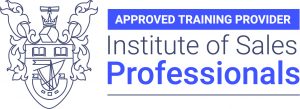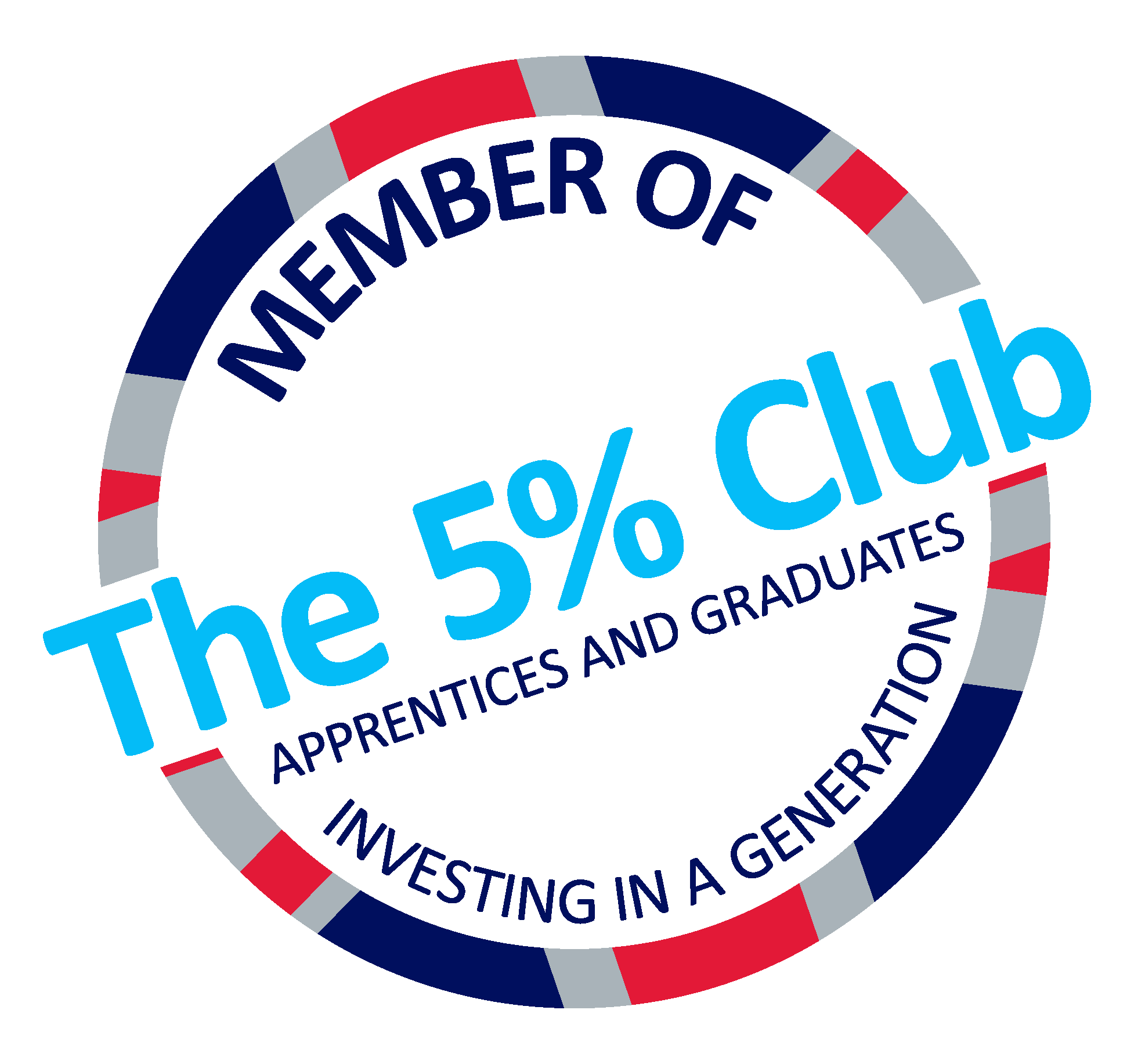Learning and behaviour change are such huge topics that I wanted to share a concrete, workplace example of it with you – one that you can most likely relate to in some way, shape or form.
I want you to imagine two people; an employee and their manager.
Employee: “I’ve come across this problem and don’t know what to do. Can you help?”
An employee has identified some sort of problem in their role and is asking their manager for some help in solving it.
Manager: “No problem – I have come across this before. You can solve it by doing X, Y and Z”
The manager is rushed off his feet and hands the solution to the employee quickly so they can get on with their priorities.
So, the employee puts the solution in place and the job is done!
Result, yes? Whilst the problem has been solved in this example, something else has happened too. The precedent has been set that the employee asks the manager and the manager provides the answer. This isn’t too much of a problem when you are managing one person, but when you’re managing more than that, your time is going to disappear very quickly!
The manager created the habit, the employee learnt the habit.
Not only does it set an ‘ask-tell’ habit, it also means that the employee doesn’t always learn the solution or answer. It’s actually the ‘figuring it out for yourself’ part that cements the learning and makes it stick.
We’re all guilty of ‘giving the answer’ at one point or another – it’s the easy way of getting something done and is, in some cases, absolutely the right thing to do. But in terms of developing a team of proactive, self-motivated individuals, who support you in your role rather than hinder you, a different habit needs to be learned.
What the manager really wants, is the employee to come to them with the answer. And this is where the unlearning comes in. The manager needs to unlearn the ‘telling’ mentality (giving the answer) and learn to question the employee to help them find the answer themselves.
Through being asked effective questions and having a less transactional discussion with their manager, the employee will cement their learning and start developing the habit of ‘approaching the manager with the solution’.
So, to summarise, a better dialogue could look something like this:
Employee: “I’ve come across this problem and think I have an appropriate solution”.
Manager: “Okay, great. What do you intend to do?”
Employee: “I intend to do X, Y and Z.”
Manager: “Have you considered A and B?”
Employee: “Yes. I will deal with that by doing C and D”.
Manager: “Would you be confident in going ahead with this if I wasn’t here today?”
Employee: “Yes, I have thought it through thoroughly”
Manager: “Well, go ahead then!”
Breaking set behaviours, especially ones like this, is no mean feat. It takes time, commitment and an understanding on both parts that a change in behaviour is for the better.
Changing behaviour is a learning journey; one that genuinely improves businesses and helps them to develop high performing individuals and teams. The change in behaviour explained in this post has such a significant impact. An increase in proactivity, trust, productivity, accountability, ownership, initiative – so many of the positive characteristics we want employers and managers to have.
What learning culture exists in your organisation? Get in touch and let us know your experiences.













